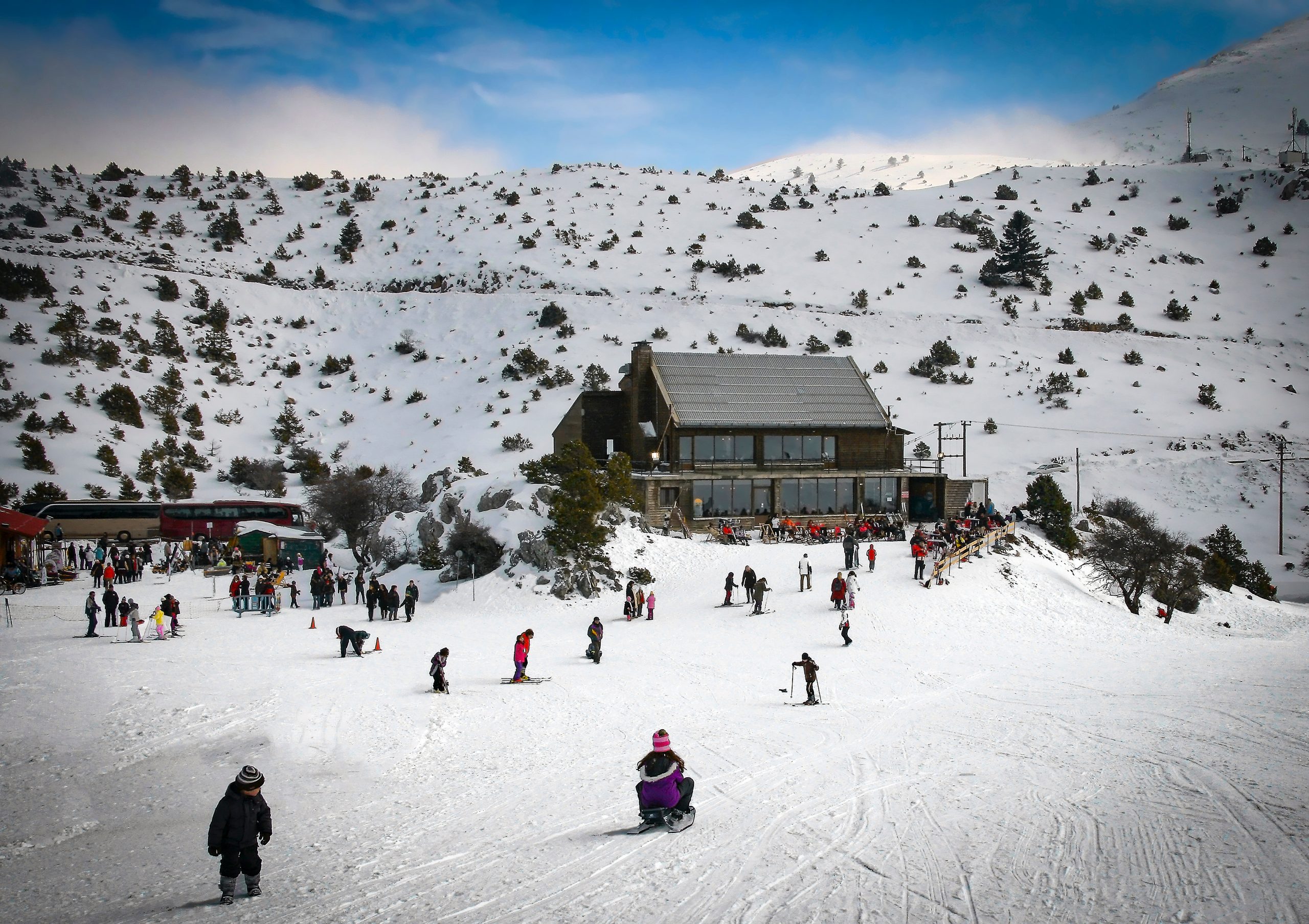Greece is readying a new spatial planning scheme for the tourism sector, to be finalized in the first quarter of 2024, which aims to transition the existing model to one that is more sustainable and higher quality.
Minister of Tourism Olga Kefalogianni said the country is trying to attract investments to become the frontrunner in sustainable tourism, meanwhile protecting the sector from shocks and crisis, such as climate change.
Specifically, the country will be divided into five categories according to the level of development and saturation, and defines a new strategy for each of them, according to a report at To Vima.
The five categories are: saturated, developed, developing, areas with growth potential, areas with ‘soft’ growth potential.
For example, there are 17 areas that are considered highly saturated and as a result further construction will be prohibited. This category is followed closely by 84 areas that are “developed” and which will be subjected to building restrictions and guidelines to improve the quality of accommodation.
The Greek government is trying to link the priorities of each category with subsidies through various funding mechanisms, such as the RFF. For example, in saturated areas, new developments and the expansion of old ones won’t be subsidized, and in developed areas only 4-star units will be supported.
Meanwhile and on the other hand, the spatial planning framework considers the concept of a creating tourism complexes within abandoned settlements in an effort to breath new live into the areas. The report notes that there are such settlements throughout the country, such as on Tinos and Rhodes, as well as in Sfakia, Kastoria, Grevena and the Peloponnese.
The proposed spatial planning framework will be up for public consultation shortly.



